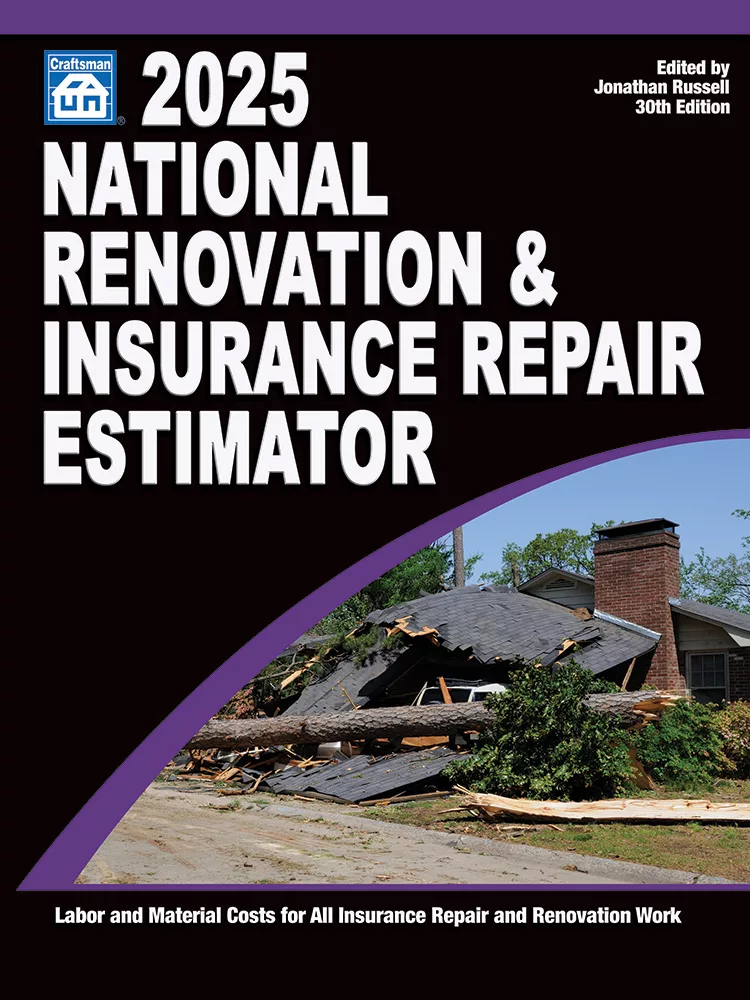Potential Pitfalls With Insurance and Mold Claims

A large restoration contractor purchased a contractor’s pollution liability (CPL) policy specifically to cover the operation of mold abatement. This same contractor was recently denied coverage for a large and costly mold claim.
The claim against them stated they failed to find all the mold in a residence. In addition, they were accused of performing substandard work that resulted in subsequent mold growth elsewhere in the property and possessions of the claimant. Frustrated, angered and facing a large uninsured loss, the contractor asked its insurer for an explanation. Why was coverage denied? The insurance company’s answer was that there was no pollution event claimed which would trigger coverage.
A pollution event is essentially defined as a release of a pollutant during or as the result of a covered operation. Most contractors – and many insurance agents who do not regularly handle pollution issues – are unaware that CPLs normally only provide coverage for pollution events, pollution incidents or pollution conditions which result from narrowly defined covered operations.
It’s clear to almost anyone who has studied mold, fire and water restoration that mold does not have to be released to grow and cause bodily injury or damage to property. Mold will grow if a structure is not appropriately dried or maintained at a proper humidity level after remediation. Litigious property owners have brought suit against everyone but the postman in such a case. If they do not claim the contractor spread the mold during an operation covered by the contractor’s policy, coverage will be denied.
What To Do? To help avoid the situation described above, the diligent contractor should find an agent familiar with all aspects of their industry. They should ask for a policy specifically designed to cover all exposures of a typical fire and water contractor. They should make any unique exposures known to their agent. They should require their agent to make certain that the insurance company they propose is clearly willing to cover a circumstance in which the contractor is accused of failing to find mold or moisture.
The insurance company should also either expand their definition of a pollution event or, preferably, provide separate mold coverage outside of the CPL, in either their General Liability or a separate Mold Liability coverage. The company should be willing to provide coverage triggered by the simple allegation that the insured contractor is responsible for the presence of mold and the subsequent damage. The policy should clearly cover all operations of the contractor and not exclude professional services, testing, or errors and omissions.
Looking for a reprint of this article?
From high-res PDFs to custom plaques, order your copy today!






